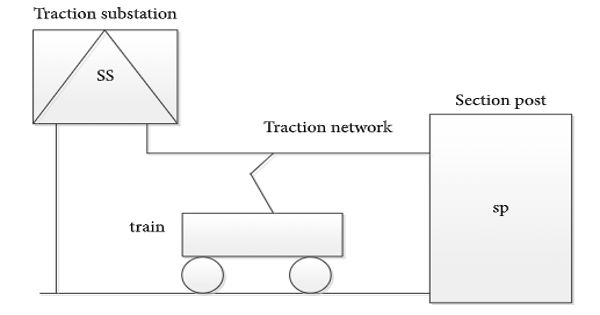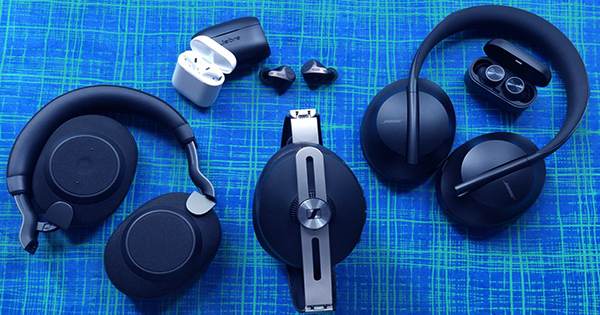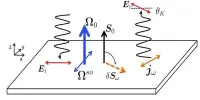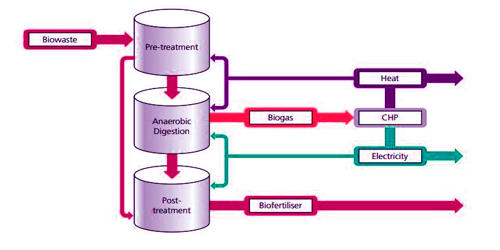A traction network or traction power network is an electricity grid for the supply of electrified rail networks. The system which uses electrical power for traction system i.e. for railways, trams, trolleys, etc. is called electrical traction. There is a wide variety of electric traction systems around the world and these have been built according to the type of railway, its location, and the technology available at the time of the installation. The installation of a separate traction network generally is done only if the railway in question uses alternating current (AC) with a frequency lower than that of the national grid, such as in Germany, Austria, and Switzerland. Many installations seen today were first built more than 100 years ago, some when electric traction was barely out of its diapers, so to speak, and this has had a great influence on what is seen today.
To begin with, the electric railway needs a power supply that the trains can access at all times. Alternatively, the three-phase alternating current of the power grid can be converted in substations by rotary transformers or static inverters into the voltage and type of current required by the trains. It must be safe, economical, and user-friendly. For railways that run on direct current (DC), this method is always used, as well as for railways which run on single-phase AC of decreased frequency, as in Mecklenburg-Western Pomerania, Saxony-Anhalt, Norway, and Sweden. In these areas, there are no traction current networks. It can use either DC (direct current) or AC (alternating current), the former being, for many years, simpler for railway traction purposes, the latter being better over long distances and cheaper to install but, until recently, more complicated to control at train level.
Transmission of power is always along the track by means of an overhead wire or at ground level, using an extra, third rail laid close to the running rails. The track electrification refers to the type of source supply system that is used while powering the electric locomotive systems. It can be AC or DC or a composite supply. AC systems always use overhead wires, DC can use either an overhead wire or a third rail; both are common. Selecting the type of electrification depends on several factors like availability of supply, type of an application area, or on the services like urban, suburban, and mainline services, etc. The three main types of electric traction systems that exist are as follows:
- Direct Current (DC) electrification system,
- Alternating Current (AC) electrification system,
- Composite system.
















